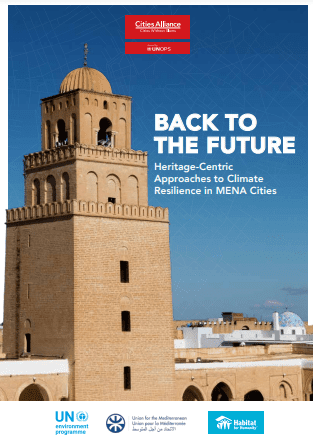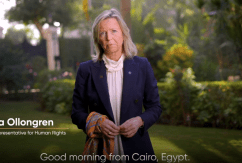BACK TO THE FUTURE – Heritage-Centric Approaches to Climate Resilience in MENA Cities

The MENA region boasts a rich history of architecture and urban planning techniques honed over centuries to adapt to the local climate. In cities like Tunis and Cairo, the compact layouts of historic medinas and souks foster social cohesion while minimising heat islands, optimising shade, and enhancing air circulation. In the villages of Menjez in Lebanon and the M’zab Valley in Algeria, traditional buildings are maintained over generations to preserve water management systems essential for irrigation and flood prevention.
Climate change in the MENA region presents not only environmental threats but also significant social challenges. Most current climate-resilient solutions are technology or capital-intensive, often excluding the urban poor. There is a pressing need for easily adaptable, affordable, and accessible climate-resilient solutions for cities and urban settlements. Utilising locally sourced materials and inherited savoir-faire, traditional building techniques are both affordable and accessible.
Embracing heritage-based solutions also fosters cultural identity and continuity, empowering local communities to take ownership of climate adaptation initiatives, all while creating socio-economic opportunities through the preservation of traditional crafts and knowledge systems. As such, integrating time-tested heritage-based principles into modern urban development is essential. This approach will help shape climate-resilient, vibrant, and culturally rich cities, ensuring a sustainable future for the MENA region.
In collaboration with UNEP, Union for the Mediterranean, Habitat for Humanity, experts and urban practitioners from the region, Cities Alliance publishes this policy brief on heritage-centric approaches to climate resilience in MENA Cities, identifying key challenges and examples of heritage-based solutions in the region.
Latest Publications
































 Syria
Syria 



